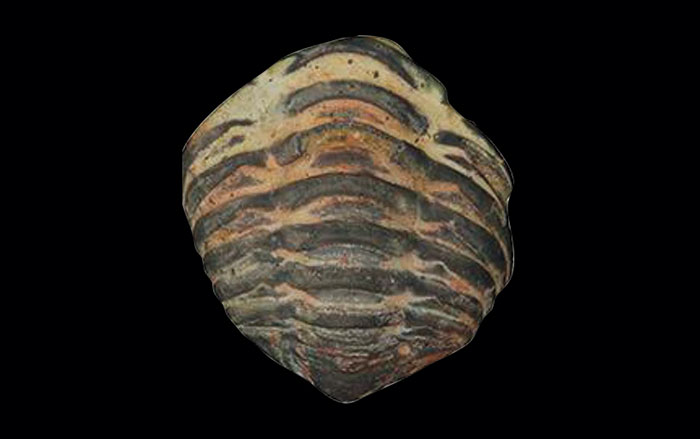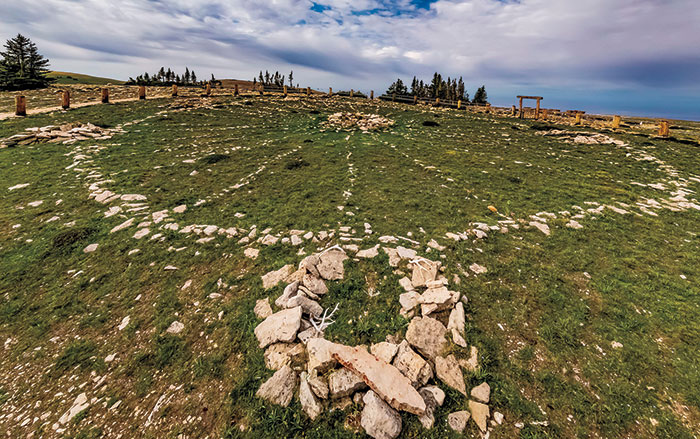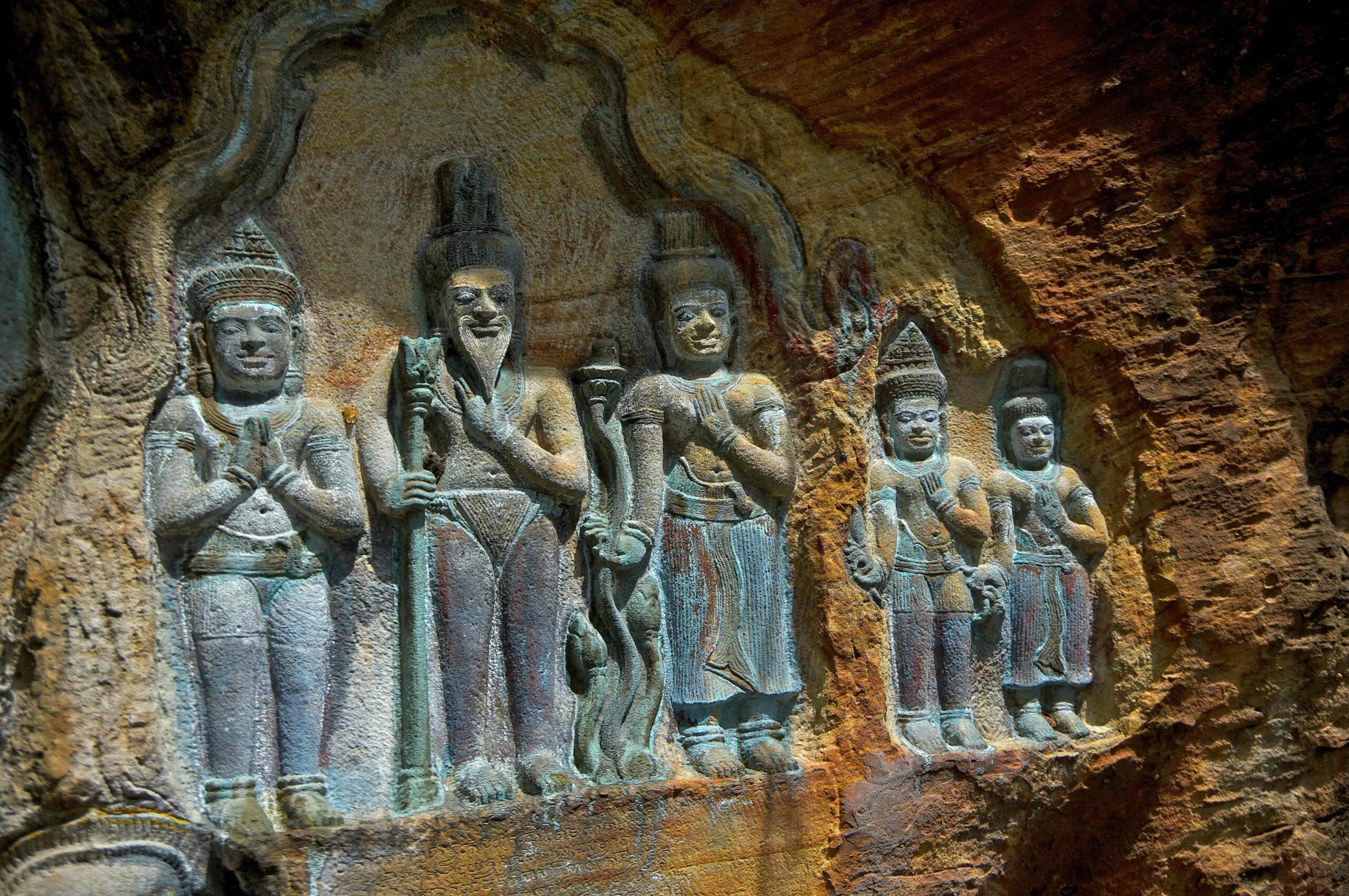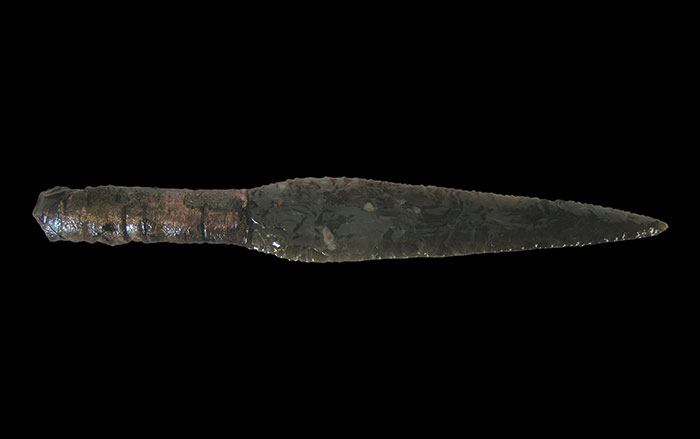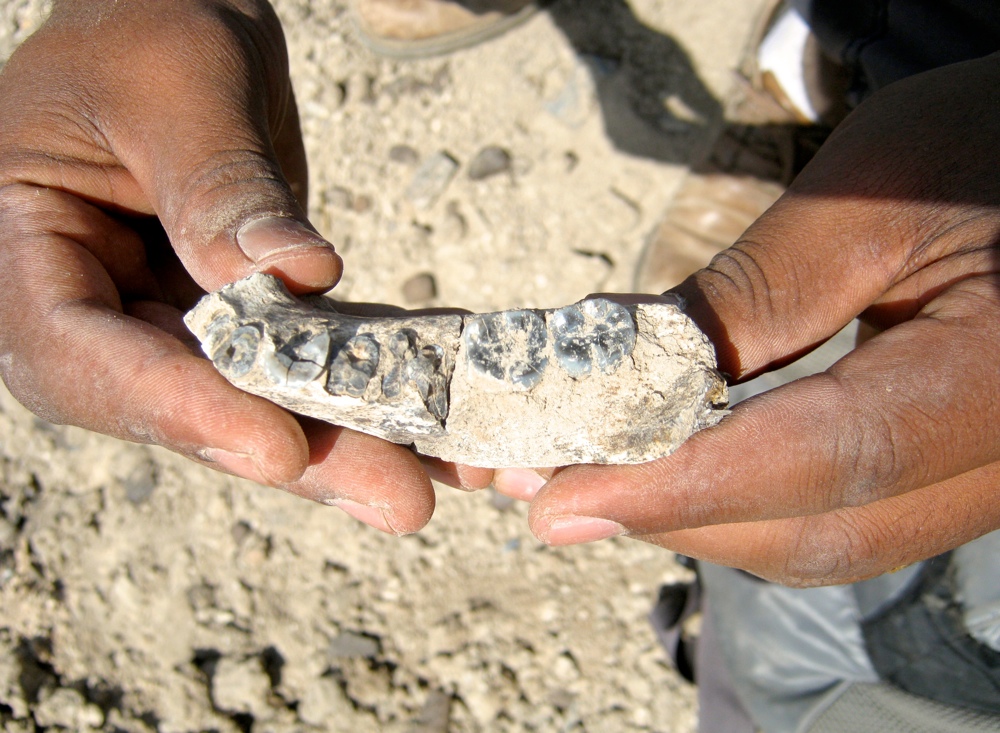
STATE COLLEGE, PENNSYLVANIA—The earliest-known fossil of a human ancestor, discovered in the Afar region of Ethiopia, has been dated to between 2.8 and 2.75 million years ago by an international team of scientists. Known as LD 350-1, the team dated the layers of volcanic ash above and below the Ledi-Geraru fossil mandible. “We are confident in the age of LD350-1. We used multiple dating methods including radiometric analysis of volcanic ash layers, and all show that the hominin fossil is 2.8 to 2.75 million years old,” Erin N. DiMaggio of Penn State University said in a press release posted on EurekaAlert. Other fossils in the area include prehistoric antelope, elephants, a type of hippopotamus, crocodiles, and fish. These types of animals suggest that the habitat at the time was made up of mixed grasslands and shrub lands with trees lining rivers or wetlands. “We can see the 2.8 million-year-old aridity signal in the Ledi-Geraru faunal community. But it’s still too soon to say that this means climate change is responsible for the origin of Homo. We need a larger sample of hominin fossils and that’s why we continue to come to the Ledi-Geraru area to search,” added Kaye E. Reed of Arizona State University. To read more about human origins, see "Our Tangled Ancestry."


